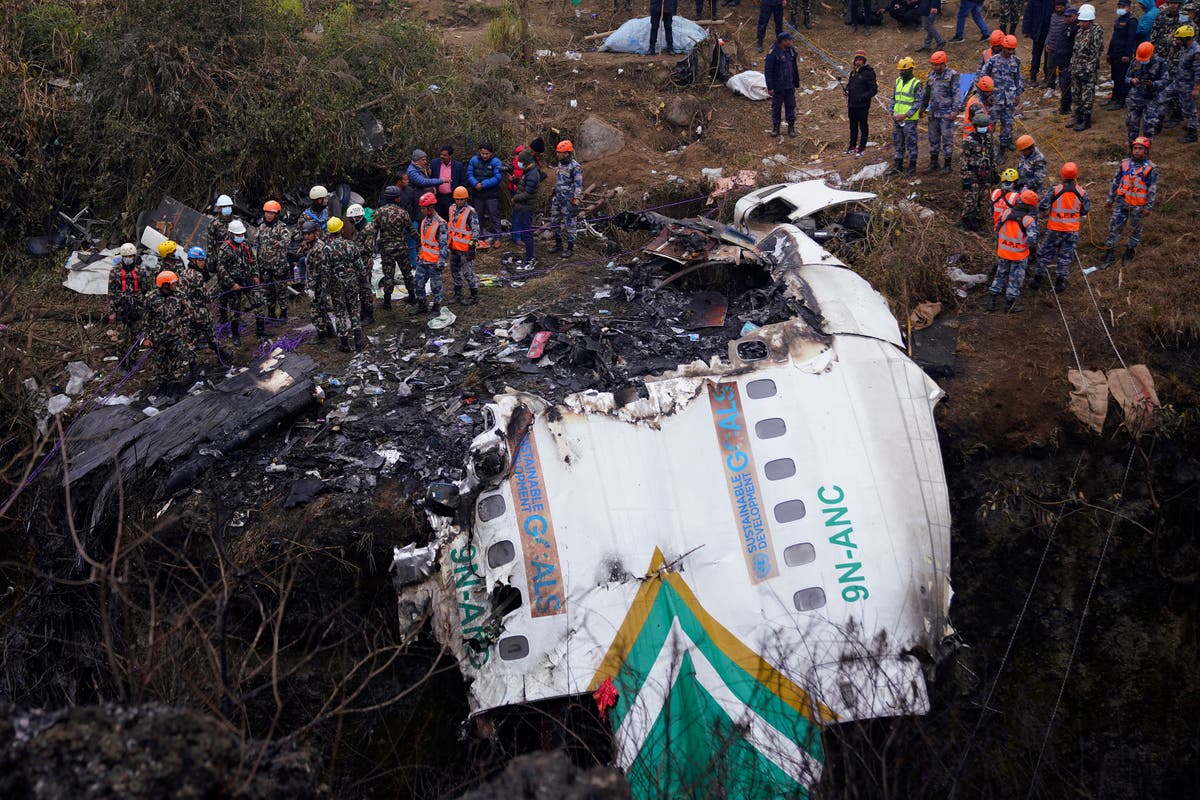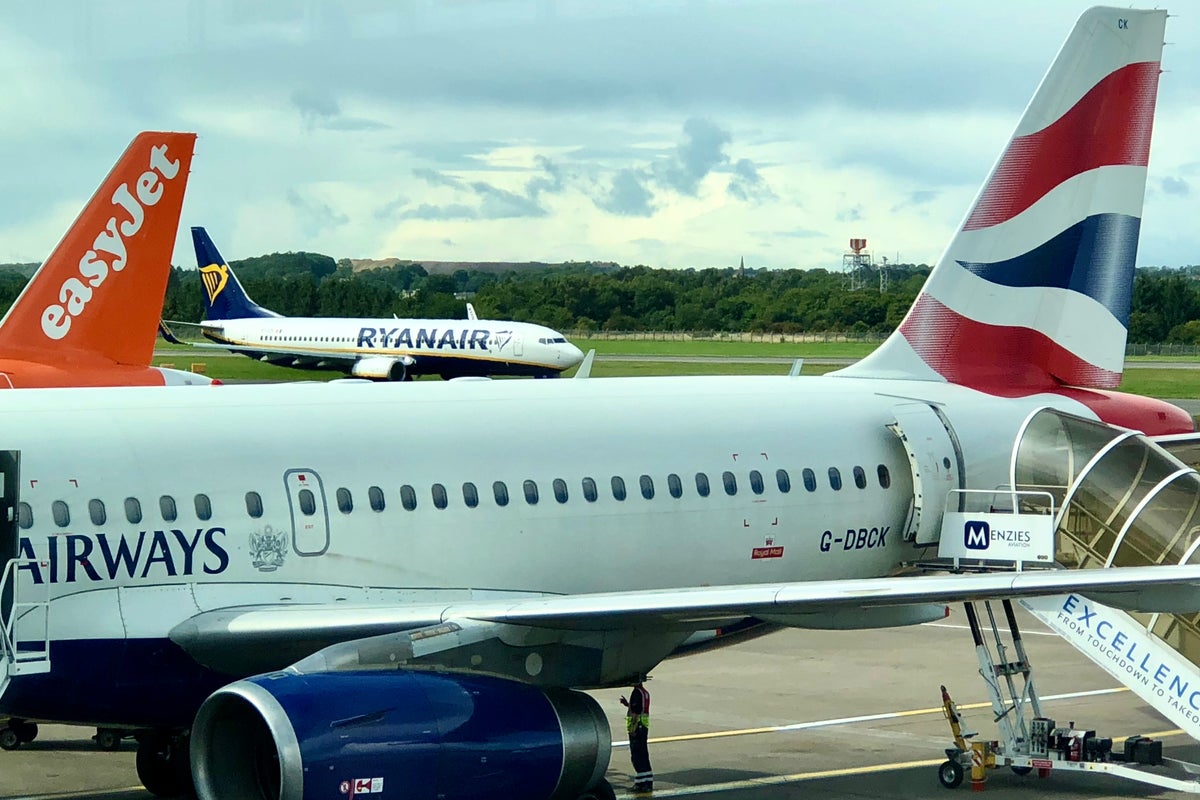Nepal plane’s black boxes to be taken to Singapore for analysis as cause of crash remains a mystery
Victims of crash include 68 passengers from Nepal, India, the UK, US and more

Sign up to Simon Calder’s free travel email for weekly expert advice and money-saving discounts
Get Simon Calder’s Travel email
The two black boxes from a plane crash that killed 72 people in Nepal on 15 January will be taken for analysis to Singapore.
While officials had earlier indicated that the recorder devices would be taken to France, where the downed plane was manufactured, investigators said on Thursday that both the flight data recorder and cockpit voice recorder would be brought to Singapore’s Transportation Safety Investigation Bureau.
"The Nepal investigating team is leaving on Friday with the flight data recorder and cockpit voice recorder where the data will be downloaded and analyzed," said Nepal’s Civil Aviation Authority spokesperson Rajendra Kumar KC.
At least 72 people, including citizens from Nepal, India, the US, Australia, Argentina, Russia and the UK were killed when the flight from Kathmandu to Pokhara crashed during its approach for landing.
A committee formed by the government is still looking into what caused the Yeti Airlines flight to crash, and search teams continue combing the hillside to find the remains of two people whose bodies are still not accounted for.
The twin-engine ATR 72-500 aircraft plummeted into a gorge as it was approaching the new Pokhara International Airport in the Himalayan foothills. The crash site is about 1.6 km (1 mile) from the runway at an elevation of about 820m.
While the cause of the crash still remains under investigation, it has emerged that the newly opened airport did not have a functioning instrument landing system that guides planes to the runway.
Aviation safety experts said it reflects the Himalayan country’s poor air safety record.
An instrument landing system helps airplanes fly safely when the pilot is unable to maintain visual contact with surrounding obstacles and the ground, mainly due to weather conditions or at nighttime. Pilots can also fly by sight rather than relying on instruments.
Pilots say mountainous Nepal, where in-flight visibility problems are common, can be a difficult place to fly, but conditions at the time of the crash were good, with low winds, clear skies and temperatures well above freezing.
While it’s still not clear what caused the crash, some aviation experts say video taken from the ground of the plane’s last moments indicated it went into a stall, although it’s unclear why.
Jagannath Niroula, a spokesperson for Nepal’s Civil Aviation Authority, said Pokhara International Airport’s instrument landing system will not be working until 26 February – 56 days after the airport began operations on 1 January.
Amit Singh, an experienced pilot and founder of India’s Safety Matters Foundation, said the lack of an instrument landing system or navigational aids could be a “contributory cause” of the crash and pointed to a “notoriously bad air safety culture in Nepal”.
“Flying in Nepal becomes challenging if you don’t have navigational aids and puts an extra workload on the pilot whenever they experience problems during a flight,” Singh said. “Lack of an instrument landing system only reaffirms that Nepal’s air safety culture is not adequate.”
The crash is Nepal’s deadliest since 1992, when a Pakistan International Airlines plane ploughed into a hill as it tried to land in Kathmandu, killing all 167 people on board. There have been 42 fatal plane crashes in Nepal since 1946, according to the Safety Matters Foundation.
A 2019 safety report from Nepal’s Civil Aviation Authority said the country’s “hostile topography” and “diverse weather patterns” were the biggest dangers to flights in the country.
The European Union has banned airlines from Nepal from flying to the 27-nation bloc since 2013, citing weak safety standards.
In 2017, the International Civil Aviation Organization cited improvements in Nepal’s aviation sector, but the EU continues to demand administrative reforms.
Additional reporting by agencies

 JaneWalter
JaneWalter 
































